
Dark Crossroads
A podcast about all things true crime & paranormal
Welcome to Dark Crossroads Podcast! We bring you gripping stories and intriguing discussions in the fascinating world of the paranormal, true crime and the unknown. We offer a captivating range of episodes that will leave you questioning the boundaries of reality.
At Dark Crossroads Podcast, we pride ourselves on delivering thought-provoking content that keeps our listeners on the edge of their seats. Our episodes explore supernatural phenomena, unsolved mysteries, and unexplained events, providing a unique platform for those interested in the uncharted and enigmatic.
Whether you're a devoted follower of the paranormal or just searching for something off the beaten path, Dark Crossroads Podcast invites you to join our growing community of curious minds. Immerse yourself in our immersive storytelling and engaging discussions, and let your imagination run wild. Check us out at the link below and embark on a journey that will challenge your perception of the world around you. Don't forget to subscribe to the podcast for all bonus content!
Don’t. Trust. Anyone.
Dark Crossroads
A DNA Breakthrough in a Decades Old Cold Case
Could a discarded napkin hold the key to solving a decades-old murder? On this episode we uncover the chilling story of Jeannie Childs, a vibrant 35-year-old whose life was violently taken in her Minneapolis apartment. With the advent of genetic genealogy, a breakthrough finally emerged, leading investigators to Jerry Westrom, whose DNA led to his arrest and conviction.
This is a tribute not only to Jeannie and her loved ones but also to the power of determination and the advances in forensic technology that brought closure to a haunting mystery. I invite you to be part of this compelling narrative and contribute your own stories for consideration in future episodes.
Paris Rhône
Paris Rhône main products include household items, polishers, and coffee grinders.
Babbily
10% Off Month 1 with promo code dark10
Please send cases you want covered or stories you want read on the podcast to darkcrossroadspodcast@gmail.com. Don't forget to like, share, rate, review, and subscribe wherever you're listening to us. You can subscribe through the link in the episode notes to receive bonus content, discounts on future merchandise, and other extras.
Be Weird. Stay Different. Don't Trust Anyone!
Welcome to Dark Crossroads Podcast, hosted by Roxanne Fletcher. This is your stop for all things true crime and paranormal. From the infamous story of the New Bedford Highway Killer to the chilling tale of the Black Eyed Children, dark Crossroads Podcast is a truly deep dive into the stories that frighten and fascinate you. All links to the show will be provided in this episode's description, and don't forget to let us know what you think of today's episode. Today on Dark Crossroads Podcast, we are going to be diving into a remarkable story of how a decades-old murder was finally solved through the power of genetic genealogy.
Speaker 1:On June 13th of 1993, in Minneapolis, minnesota, betty Eakman glanced at the TV while working as a hospice care aide. The channel was on the local news. It was detailing the gruesome discovery of a woman who had been murdered. Betty's blood ran cold when she recognized the building. It was where her 35-year-old daughter, jeannie Childs, lived. She immediately felt a feeling no mother should ever have to a deep dread that consumed her. She tried to contact her daughter, but no one picked up. She had been the one to contact the coroner and later had to identify her daughter's body.
Speaker 1:In the history of criminal investigations, some stories transcend mere facts. They become testaments to human resilience, technological innovation and the unbreakable pursuit of justice. We must first paint the picture of Minneapolis in 1986. The city was a tapestry of diverse neighborhoods, economic transformation and cultural vibrancy. The Whittier neighborhood where Gianne lived was a little section of urban life, a mix of young professionals, working-class families and a growing multicultural community. This was a time before cell phones, before the internet, a time where investigations relied on physical evidence, witness statements and the intuition of seasoned detectives. Dna was not a scientific concept. It was more theoretical than practical.
Speaker 1:Jeanne was not just a statistic. She was a vibrant, complex individual at the prime of her life. People always want to define victims by their tragedy, but Jeanne was much more than that. She was ambitious and funny, incredibly kind. She could manage a busy restaurant with the precision of a conductor and then turn around and be the life of the party. At 35 years old, jeanne had carved out a successful career in restaurant management. Her apartment in the Whittier neighborhood was more than just a living space. It was a reflection of her personality Carefully curated artwork, books that spoke to her intellectual curiosity and photographs of all of her family and friends.
Speaker 1:The crime scene would later reveal more than just the brutality of her murder. It told a story of a life interrupted, of potential stolen, of a future completely erased. On January 6th of 1986, a winter night that would become a frozen moment in time, multiple stab wounds, signs of a violent struggle. The intimate violence of the attack suggested something personal, something raw and immediate. Dr Elena Rodriguez stated these types of crimes are rarely random. The level of violence often indicates a connection, an emotional trigger that goes beyond a simple robbery or a chance encounter.
Speaker 1:On June 13th of 1993, property supervisors at an apartment building in Minneapolis entered the unit after a neighbor complained about a leak. Once inside this residence, they found the shower running. Law enforcement described the crime scene as horrific. Jeannie had been stabbed over 65 times and many of the injuries were caused post mortem. The attack on Jeannie was prolonged and occurred throughout the apartment which she used for meetings with customers. Evidence collected at the scene was foreign fluid found on the comforter, a bathroom towel and bloody footprints. The killer had injured himself in this process, leaving blood evidence behind.
Speaker 1:The initial suspect list had been vast and had included Jeannie's boyfriend, but DNA evidence had eliminated him. Jeannie had been a sex worker and had often worked from her apartment as she felt it was safer than meeting clients at unknown locations. Her neighbors had given several witness statements for different men they had seen Jeannie with, but detectives had a hard time locating those men. Jeannie's Rolodex included phone numbers for certain clients, but they quickly discovered that many of them had fake names attached to them. Jeannie's case eventually went cold, but her mother vowed never to stop seeking justice for her daughter. In 2018, the case was eventually reopened, with the hope of using genetic genealogy to locate her killer. However, they were delighted to discover that a lengthy genealogical investigation would be unnecessary because a person matching the DNA they were looking for had uploaded their DNA to a private DNA company and online genealogy themselves. This would likely have been a company like Ancestrycom or 23andMecom.
Speaker 1:In the year of 1986, forensic technology was still very much in its infancy. Dna testing was more of a scientific dream than an investigative tool. Police knew that they had something at the time, though Trace evidence, a bloodstain that seemed quite significant, but without the technology to analyze it, they were essentially guardians of a mystery that could not be solved at that time. The case file grew, interviews were conducted, leads were followed, but ultimately, the investigation hit the most painful of walls. Uncertainty For Jian's family. Each passing year was a landscape of hope and heartache. As time goes by, genetic genealogy slowly enters the equation, a forensic technique that would redefine criminal investigations. Traditional DNA matching is like looking for an exact fingerprint. Genetic genealogy is more like constructing an intricate family tree, tracing genetic markers, understanding familial connections that can lead to a suspect.
Speaker 1:In 2018, investigators uploaded the decades-old DNA profile to GEDmatch, a public genealogy database. What emerged was not just a potential lead, but a complex network of genetic connections. An incredible stroke of luck gave detectives the best lead in nearly three decades. The man, jerry Westrom of Asante, minnesota, was the new lead suspect in Jeannie's murder. Jerry would have been in his mid-20s in 1993, and records showed that he also resided in Minneapolis. He didn't have a violent criminal history, just speeding tickets and multiple driving under the influence convictions, and one other in 2016 where he had been caught attempting to solicit a prostitute. He had been a well-respected businessman who was married with two children who are now adults, and he volunteered with several junior sports organizations. Those who knew him had no idea he was capable of such violence.
Speaker 1:They decided to put surveillance on Westrom in 2019 and followed him to a hockey rink. They watched as he ordered a hot dog from the concession stand and later wiped his mouth with a napkin before discarding it. Officers had been able to collect this napkin, which they had later used to positively match his DNA to the foreign sample that was found in Jeannie's apartment. They later picked him up and started the interrogation. Westrom denied living in Minneapolis, knowing Jeannie's apartment. They later picked him up and started the interrogation. Westrom denied living in Minneapolis, knowing Jeannie or having ever been to the apartment where she was killed. He did not explain as to why his DNA had been found all over the crime scene. He was arrested in February of 2019, but was released on bail until further court proceedings. In August of 2022, his trial began.
Speaker 1:During the trial, prosecutors presented a comprehensive picture of Westrom's potential connection to this crime. He maintained his innocence, of course, but the genetic evidence was overwhelming. The critical evidence presented to the jury was the numerous places that his DNA had been found in the apartment, as well as the very distinct bare footprints that had been found next to the victim's body. Expert testimony detailed that footprints can be as detailed as fingerprints and each is unique to the person. The jury deliberated for less than two hours before declaring a unanimous guilty verdict, westrom, now 56 years old, was sentenced to life in prison for the 1993 murder of Jeannie. He had been free on bail pending the results of this trial, but was remanded into custody upon the verdict. The first-degree murder conviction by itself carries a mandatory life sentence.
Speaker 1:At the time, neighbors from an adjacent unit to Jeannie's complained of bloody water leaking from her residence on June 13, 1993. She was found dead in her bathroom shower, having been stabbed 65 times, mostly around her neck and torso area. Many of her stab wounds were inflicted. Post-mortem Blood also covered the woman's bed and her bedroom. Prosecutors told jurors that one of the stab wounds went right through her heart, claiming that the vicious attack was prolonged.
Speaker 1:It was revealed during the trial that investigators found semen which they ultimately tied to Westrom on Jeannie's bloody comforter, and more of the same DNA was found on a bathroom towel and the bathroom sink. Police called it a horribly difficult case to crack, with so few leads and no witnesses. There had been no movement in this case for decades and the case itself garnered little, if any, press coverage. At the time. Officials had reopened Jeannie's case 25 years after her murder, and the break investigators needed came in 2019, when police matched DNA from the scene to 52-year-old Jerry Westrom with the use of genetic genealogy. He had not previously been a suspect in this case and was a married father of two adult children. In 2019, investigators tailed Westrom to a hockey game where he ordered a hot dog from a concession stand. Investigators then collected one of Westrom's discarded napkins and obtained his DNA, which was determined to match the DNA found at the crime scene. He was arrested shortly after this, claiming to have no idea why his DNA was found at the crime scene.
Speaker 1:Westrom's defense argued that investigators at the time botched the original investigation, noting that a bloody knife found in the victim's sink was never tested for physical evidence, and claimed the actual murder weapon was never recovered. His lawyer also claimed there were hairs found in the victim's grasp which allegedly belonged to a now-deceased male roommate. Janie's mother, betty, was in the courtroom when Westrom was found guilty. She went on to state I know that the law is finally going to take care of him for what he did and I hope that he can sleep at night. Jeannie was a wonderful person. Even though she had problems, she had a big heart.
Speaker 1:The following is segments from the document of the court's final decision and all of the facts and evidence, a jury found Jerry Arnold Westrom guilty of first-degree premeditated murder under Minneapolis State and second-degree intentional murder. The district court entered judgments for conviction on both counts and imposed a sentence of life with the possibility of parole after 30 years. On direct appeal to our court, westrom challenges the district court's evidentiary rulings regarding DNA evidence alternative perpet his conviction and that he received ineffective assistance of counsel and that cumulative errors denied him his right to a fair trial. Because the district court did not commit any error requiring reversal, westrom's constitutional rights were not violated during his trial and the state presented sufficient evidence, we affirm Westrom's conviction of first-degree premeditated murder. But because the district court violated when it entered a conviction on the lesser-included second-degree murder offense in addition to the conviction of first-degree premeditated murder, we reverse the second-degree murder conviction and remand to the district court to vacate that conviction.
Speaker 1:Facts of the case On June 13, 1993, jeannie Childs was found stabbed to death in her South Minneapolis apartment. Her body was lying face up on the floor of her bedroom, naked except for a pair of socks. The bed was soaked with blood and blood covered the walls of the bedroom and the adjoining bathroom. While investigating the crime scene, police noted several bloody footprints on the floor of the bedroom, a bloodstained towel hanging on the bathroom wall and a bloodstained washcloth on the toilet seat. The Bureau of Criminal Apprehension, or BCA, took lifts of the fingerprints and cataloged several of the items in the apartment for forensic analysis. Forensic analysis Jeannie's autopsy revealed that she had been stabbed 65 times. She had a stab wound to her heart and several of the wounds appeared to have been made after she had died. A large, deep slash ran across her abdomen. Hairs were found on her hands, which had suffered multiple defensive wounds.
Speaker 1:Police initially investigated Jeannie's boyfriend, arthur Gray, who held the lease of the apartment where Jeannie was killed. Gray was unemployed, but had been described as Jeannie's trafficker or pimp. He had allegedly physically abused Jeannie previously in the apartment where she was killed and his DNA was found on the comforter of the bed. Gray had an alibi, though, as he was purportedly with a friend at a motorcycle rally in Wisconsin at the time of the murder. Ultimately, this case went cold.
Speaker 1:In 2018, the police began working with the FBI to review Jeannie's murder. They sent a DNA sample from the crime scene to DNA Solutions Inc to createa single nucleotide polymorphism profile. They were hoping that this could be compared with profiles on commercial genealogical databases to identify the source's relatives. After receiving the S&P profile, police arranged for it to be uploaded to several websites, including GEDmatch, ancestrycom and MyHeritage. A potential match was located on MyHeritage that appeared to be a first cousin to the source of the crime scene DNA. Law enforcement then used the match to construct a family tree that identified Westrom as the likely source.
Speaker 1:After learning that Westrom would be attending a hockey game in Wisconsin, police followed him to the game and watched him order food from the concession stand. Westrom wiped his mouth with a napkin and threw it away in the trash can. Investigators took this napkin out of the trash can and sent it to the BCA for analysis. The BCA generated a short tandem repeat and SDR DNA profile from the residue on the napkin and found that it did match the crime scene sample. Police then obtained a search warrant to collect a known sample of Westrom's DNA to validate the match and took Westrom into custody. He was subsequently charged with second-degree intentional murder. A grand jury later indicted Westrom for first-degree premeditated murder. All evidence stemming from the police's comparison of the S&P profile created from DNA gathered from the crime scene with other profiles on commercial genealogical databases. His motion also contested the admissibility of evidence obtained through the STR analysis of DNA taken from the discarded napkin. The district court denied Westrom's motion and concluded that no search had occurred because Westrom had held no expectation of privacy in the information contained within his DNA when police only used his DNA for the purpose of identification.
Speaker 1:About four months after the hearing and shortly before trial was scheduled to begin, westrom moved to introduce alternative perpetrator evidence. He named Arthur Gray as well as three other people who had been subjects in the original investigation. At trial, the state presented the DNA evidence linking him to the crime scene and called an expert witness on latent print analysis to testify about their findings that connected Westrom to the bloody footprints. These witnesses, reports and testimonies were precluded, and Westrom called no forensic or medical experts. At trial, the jury found Westrom guilty of both charged accounts. The district court sentenced Westrom to life in prison with the possibility of parole after 30 years.
Speaker 1:This case is a symphony of human elements Technological innovation, persistent investigation, familial love and the unbreakable human spirit. To Jeanne Ingress, a life cut short but never forgotten. To her family, who transformed hope into justice, and to the investigators who proved that time is not a shield for criminals. Alrighty, so it's that time, guys, to say goodbye. But before I do so, I just want to send a thank you to all of my listeners for your continued love and support and for sending in cases that you want covered and stories that you want read on the podcast.
Speaker 1:We truly accept all stories, including scary, covered, and stories that you want read on the podcast. We truly accept all stories, including scary, paranormal and funny. Any cases you want covered or stories that you want read on the podcast, just please send them in to darkcrossroadspodcasts at gmailcom. Thank you for hanging out again today. You can also find us on all social media platforms. Don't forget to like, share rate, review, subscribe wherever you're listening to us. You can subscribe to the podcast for bonus information. There is a link in all episodes in the notes that will send you to our subscription page and with that you will get bonus content, discount on future merch and a lot of extra goodies. Every single dollar that comes through donations or through our subscription goes straight into the podcast, helping fund research and it really helps us out and keeps this podcast going. And with all of this said, please don't forget to be weird, stay different and don't trust anyone. Thank you,
Podcasts we love
Check out these other fine podcasts recommended by us, not an algorithm.
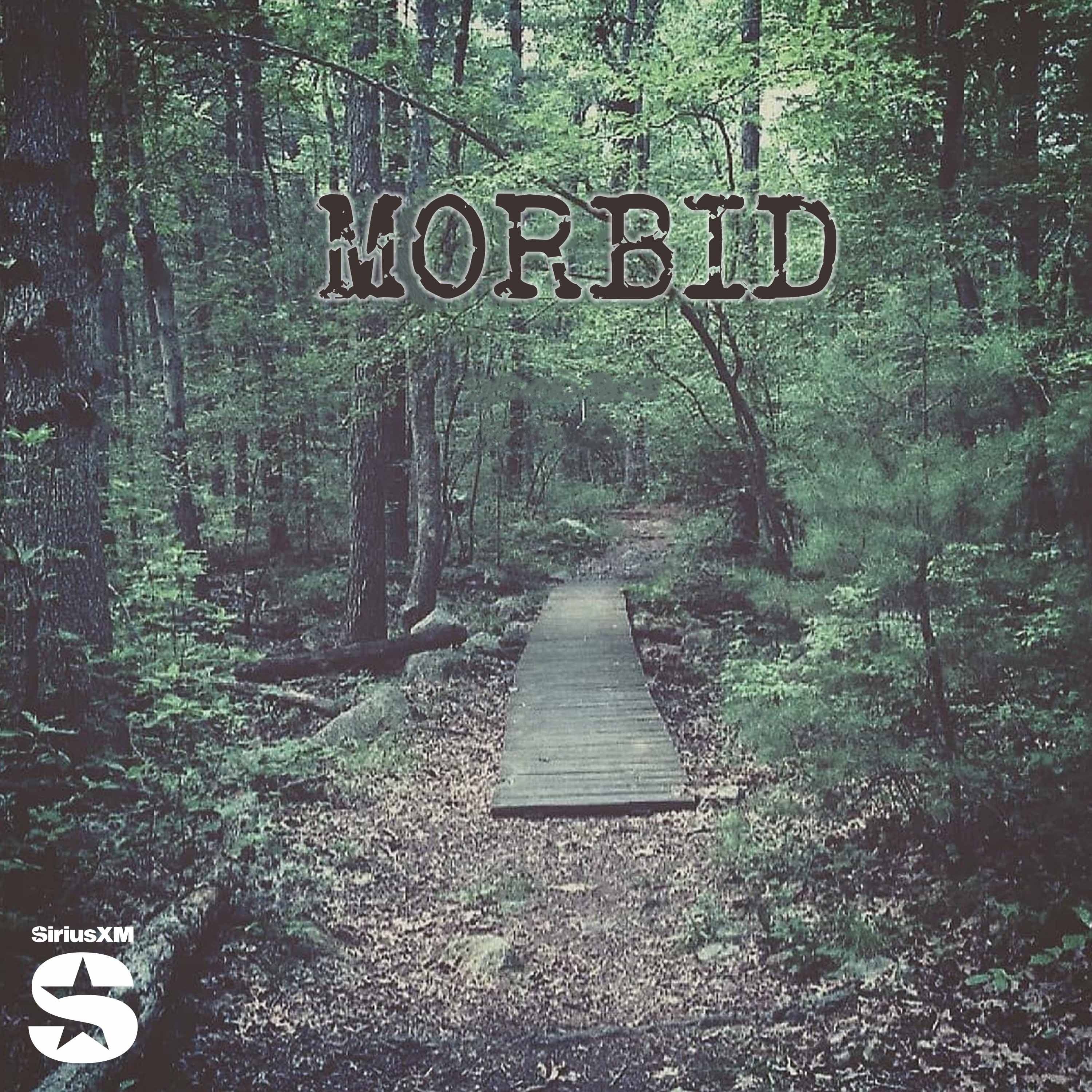
Morbid
Ash Kelley & Alaina Urquhart
And That's Why We Drink
Christine Schiefer, Em Schulz | Para Pods
Give It To Me Straight
Dear Media
True Crime with Kendall Rae
Mile Higher Media & Audioboom Studios
So Supernatural
Audiochuck | Crime House
Two Girls One Ghost
Sony Music Entertainment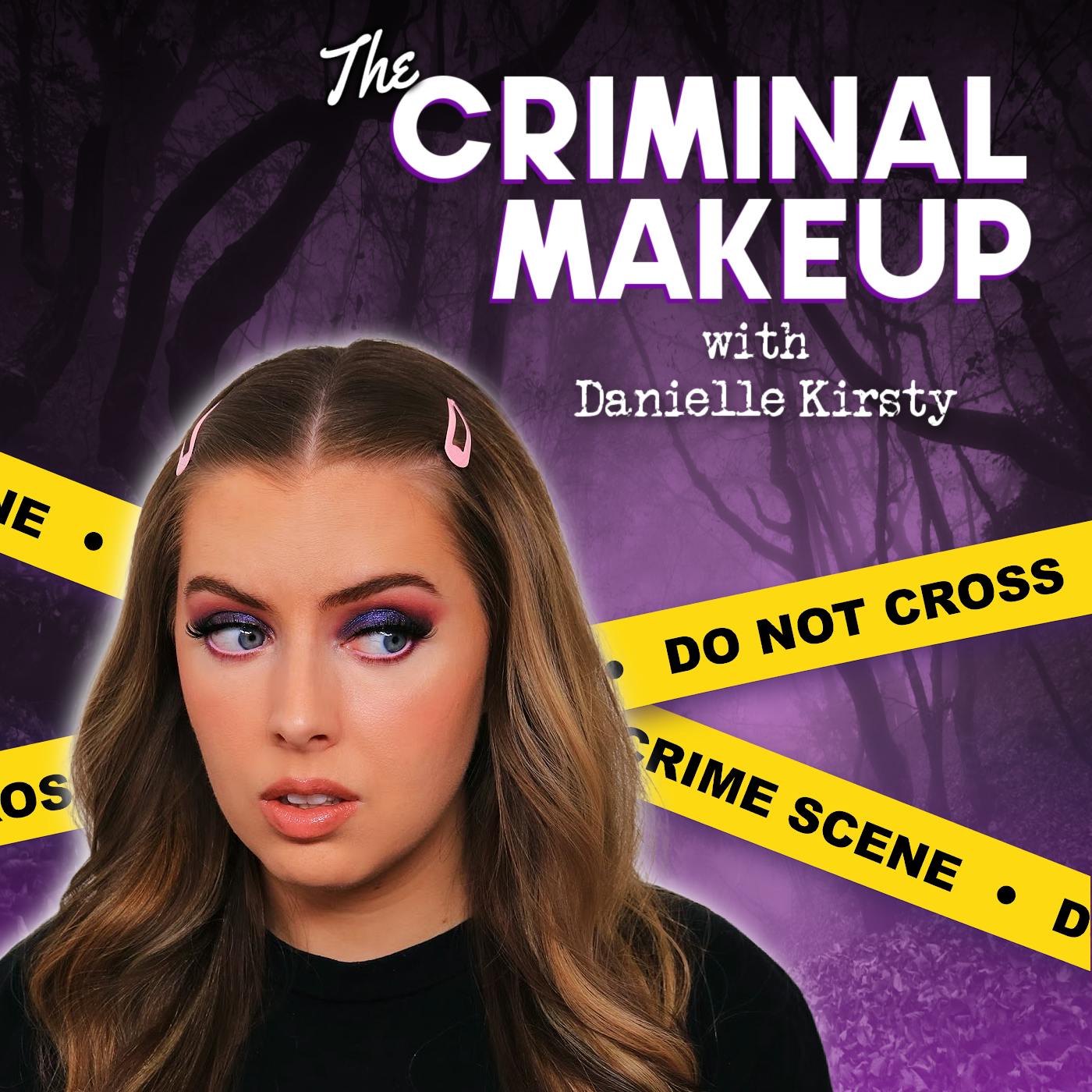
The Criminal Makeup
Danielle Kirsty
Crime Junkie
Audiochuck
Creeps and Crimes
Taylar Fetzner, Morgan Harris | Para Pods
Weird Darkness: Paranormal & True Crime Stories
Darren Marlar | Weird Darkness | Full-Time Voice Actor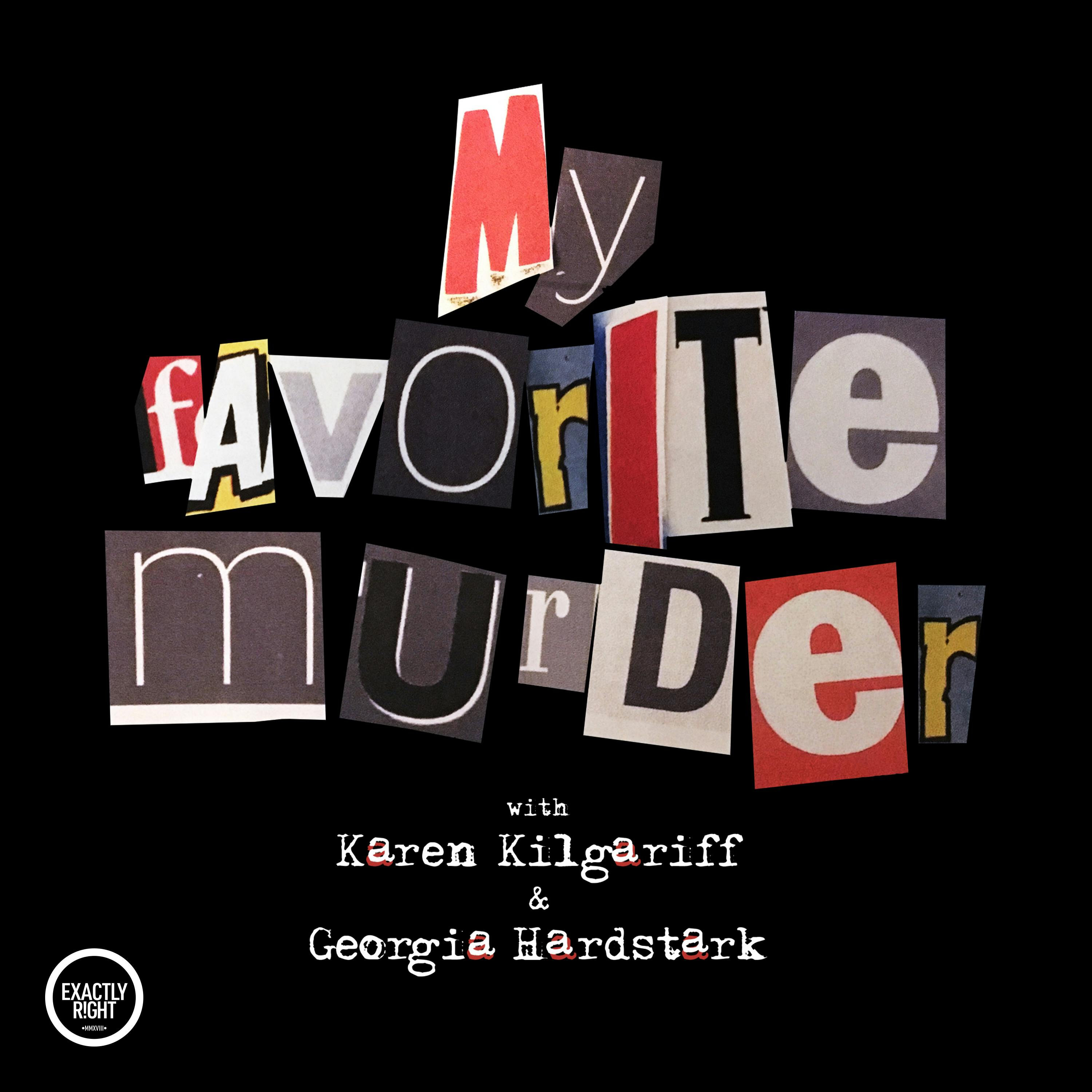
My Favorite Murder with Karen Kilgariff and Georgia Hardstark
Exactly Right and iHeartPodcasts
Serial
This American Life
Cult Liter with Spencer Henry
Spencer Henry | Morbid Network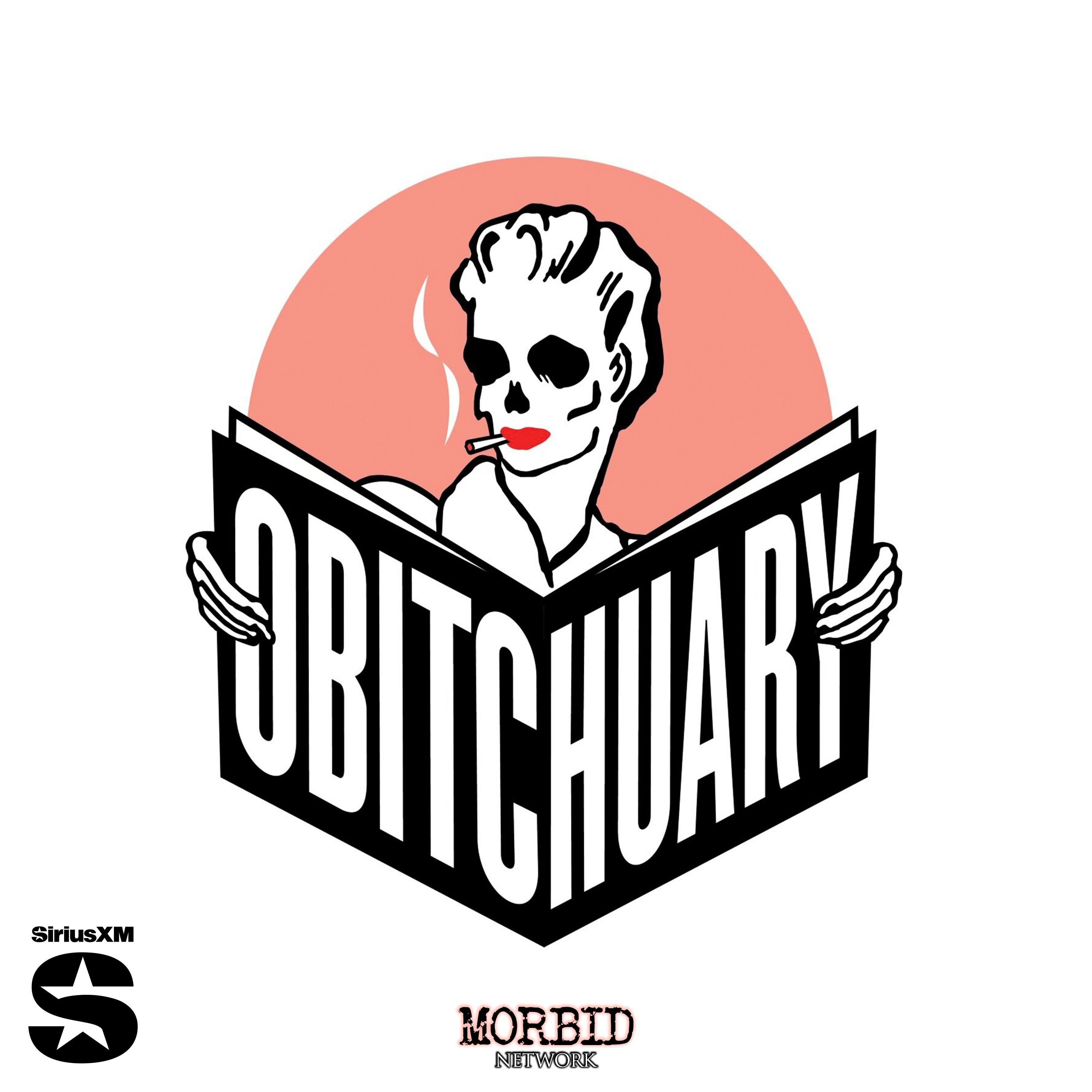
OBITCHUARY
Morbid Network
Creeps and Crime Storytime - A Paranormal and True Crime Podcast
Charlie Hammond
The Coven Cafe Podcast
Kirsten, Sierra, and Alexis
Sword and Scale
Sword and Scale
Beyond The Crime: A Psychological Analysis
Dr Lars Madsen, Shay Addison and Dr Rob Brockman
Crime and Coffee Couple - True Crime Podcast
Allison and Mike
Odd Trails
Andy Tate & Brandon Lanier
Southern Fried True Crime
Erica Kelley
One Strange Thing: Paranormal & True-Weird Mysteries
Laurah Norton
Creepin It Real
Robin Yeary
This Is Actually Happening
Wondery
Something's Not Right
Something's Not Right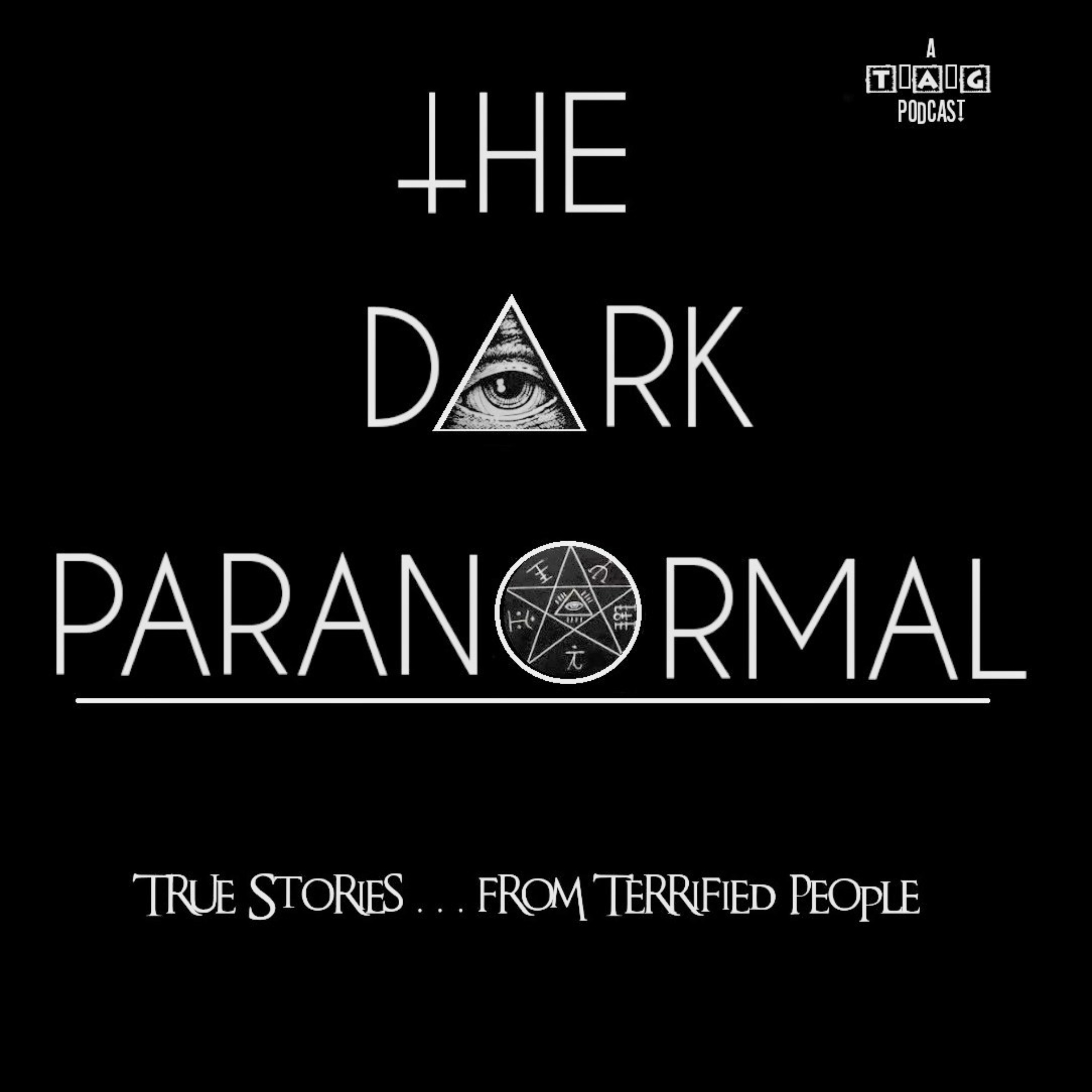
The Dark Paranormal
The Dark Paranormal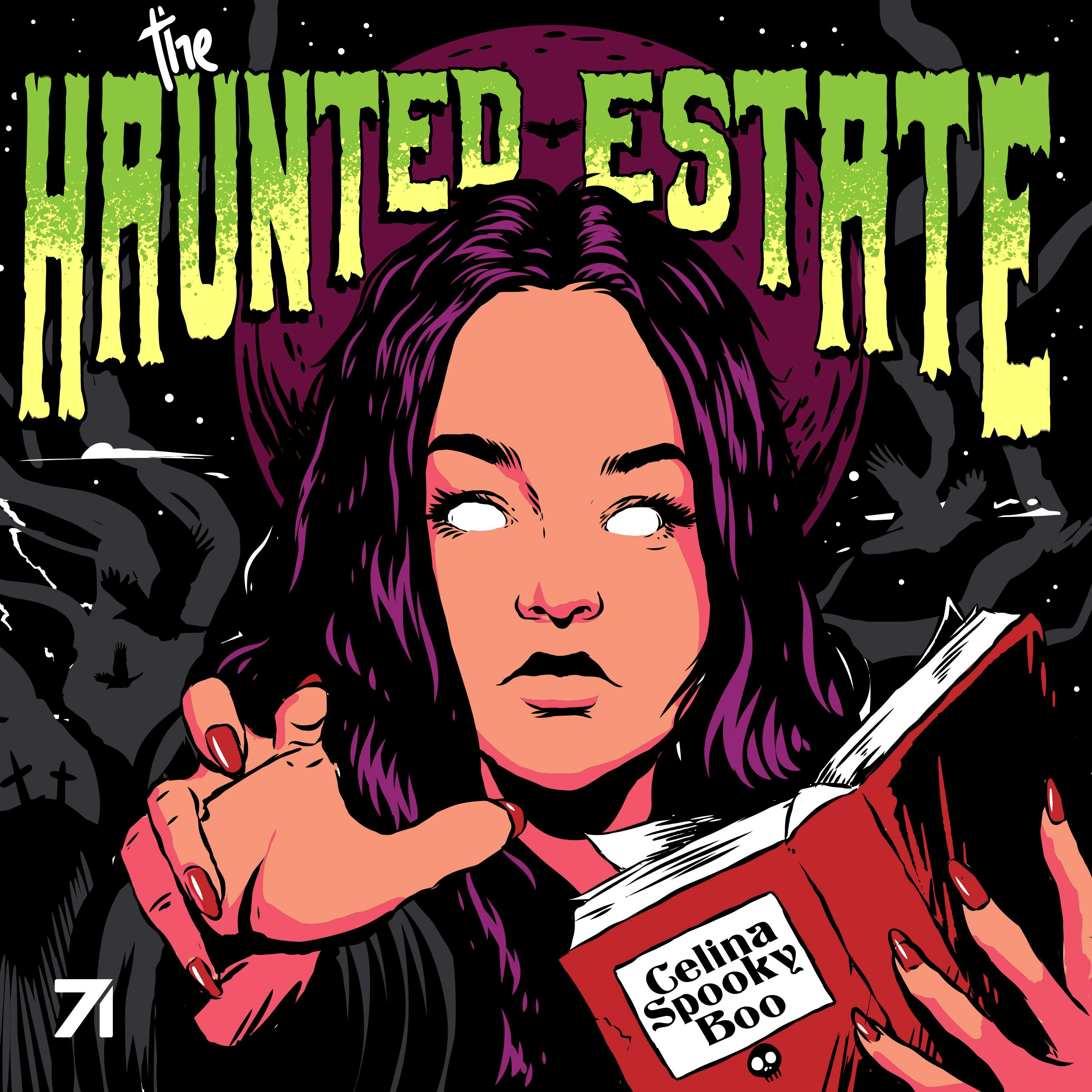
The Haunted Estate with CelinaSpookyBoo
The Haunted Estate & Studio71
On The Odd: Cults, Hauntings, The Paranormal & Unexplained
Ghost Stories, Haunted, Paranormal & Supernatural Stories
The Grave Talks | Haunted, Paranormal & Supernatural
Ghost Stores, Haunted, Paranormal & Supernatural Stories
The Haunted Objects Podcast
SpectreVision Radio
Seven Deadly Sinners
Rachael O'Brien
Morbid Network
Morbid Network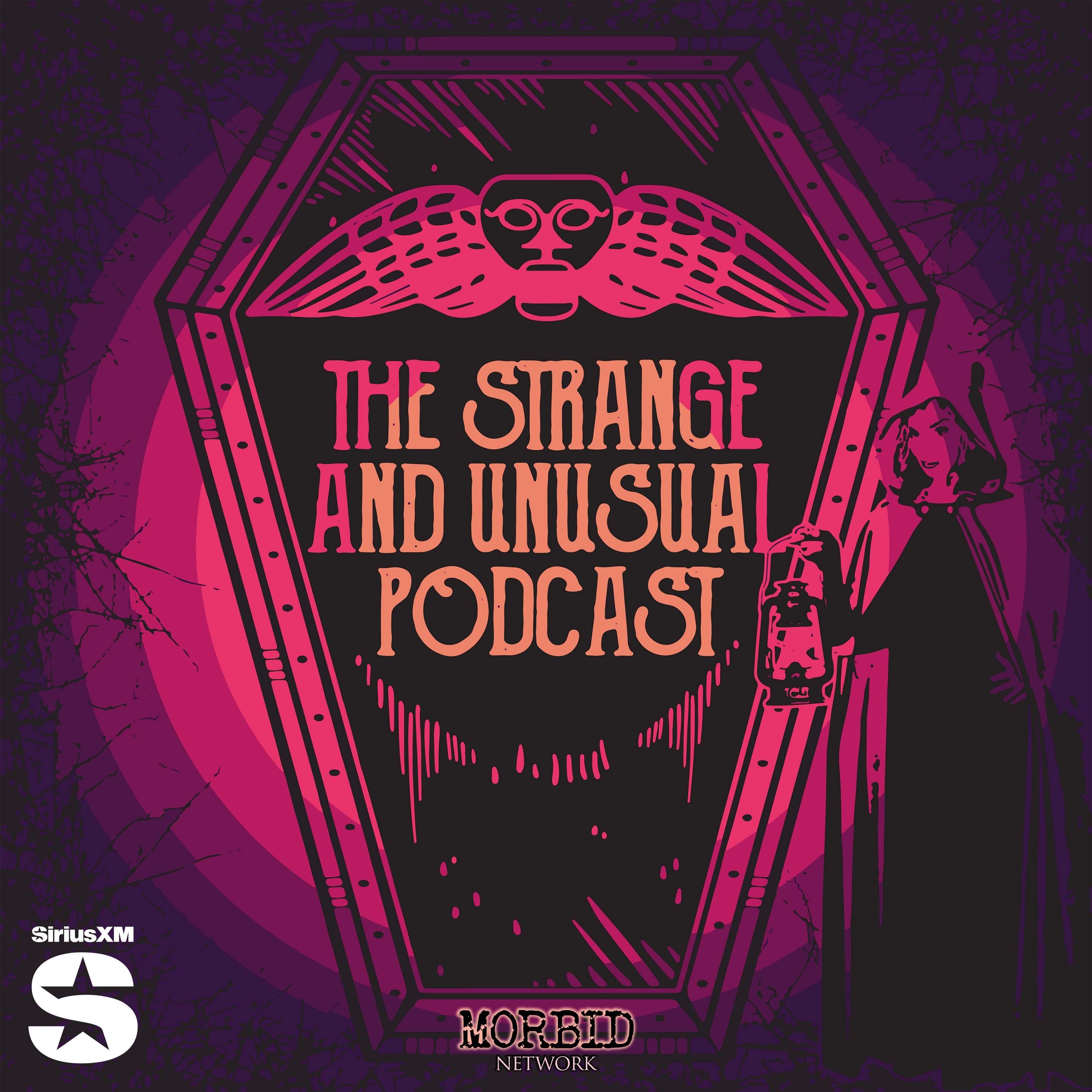
The Strange and Unusual Podcast
Alyson Horrocks | Morbid Network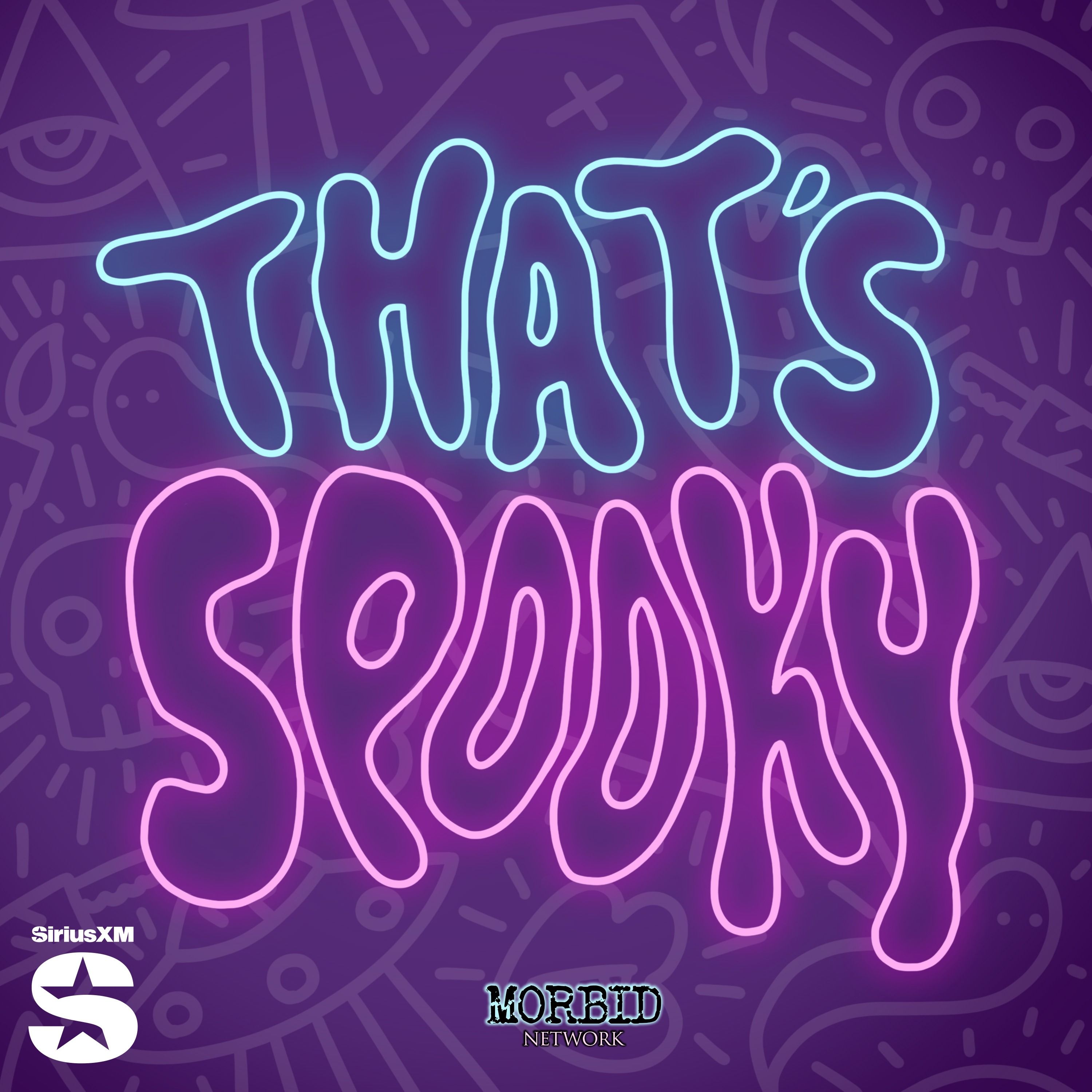
That's Spooky
Tyler Hyde & Johnny Cann | Morbid Network
Snapped: Women Who Murder
Oxygen
Morbidology
Morbidology
Midnight Scares - Fall Asleep to Spooky Stories
Midnight Scares
What Came Next
Broken Cycle Media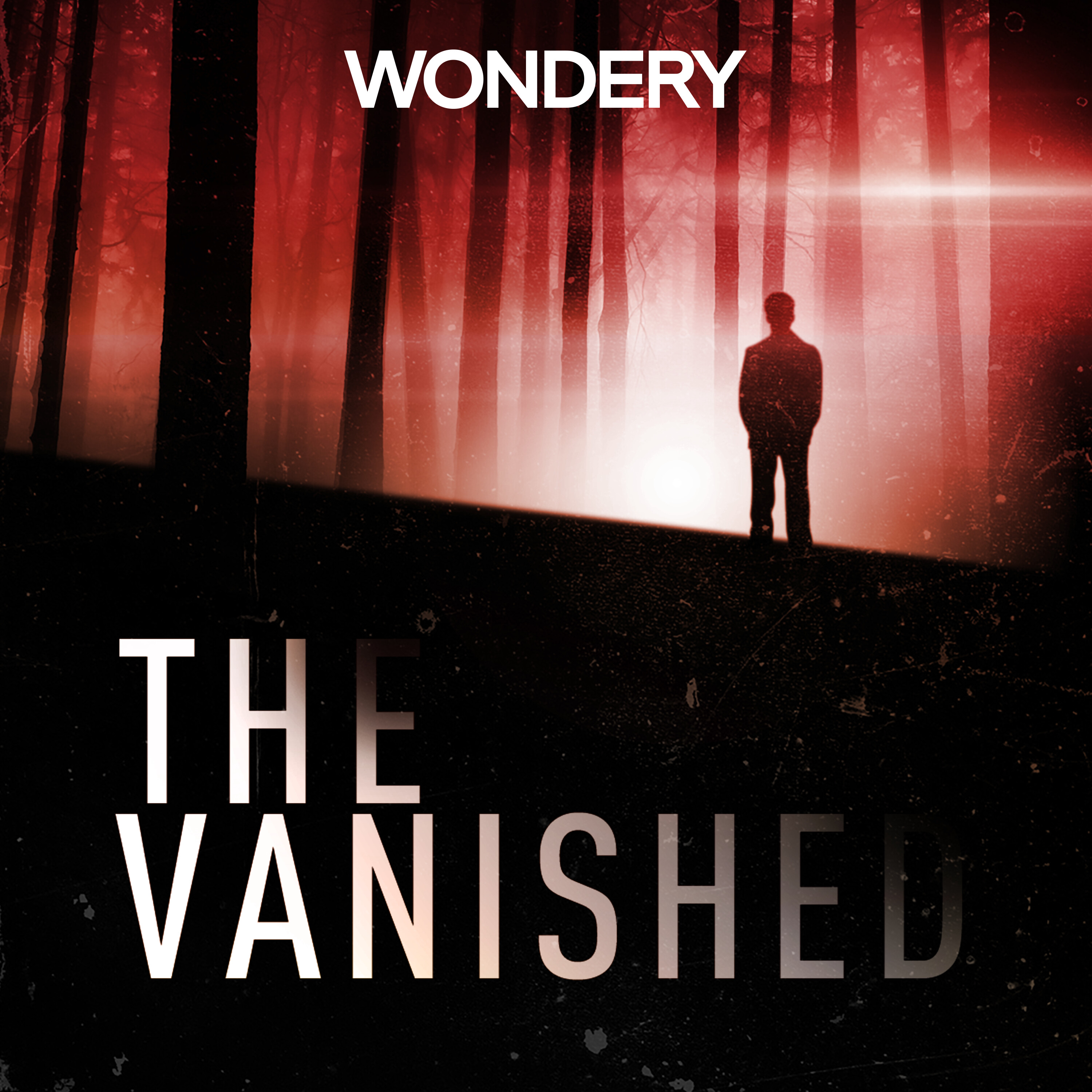
The Vanished Podcast
Wondery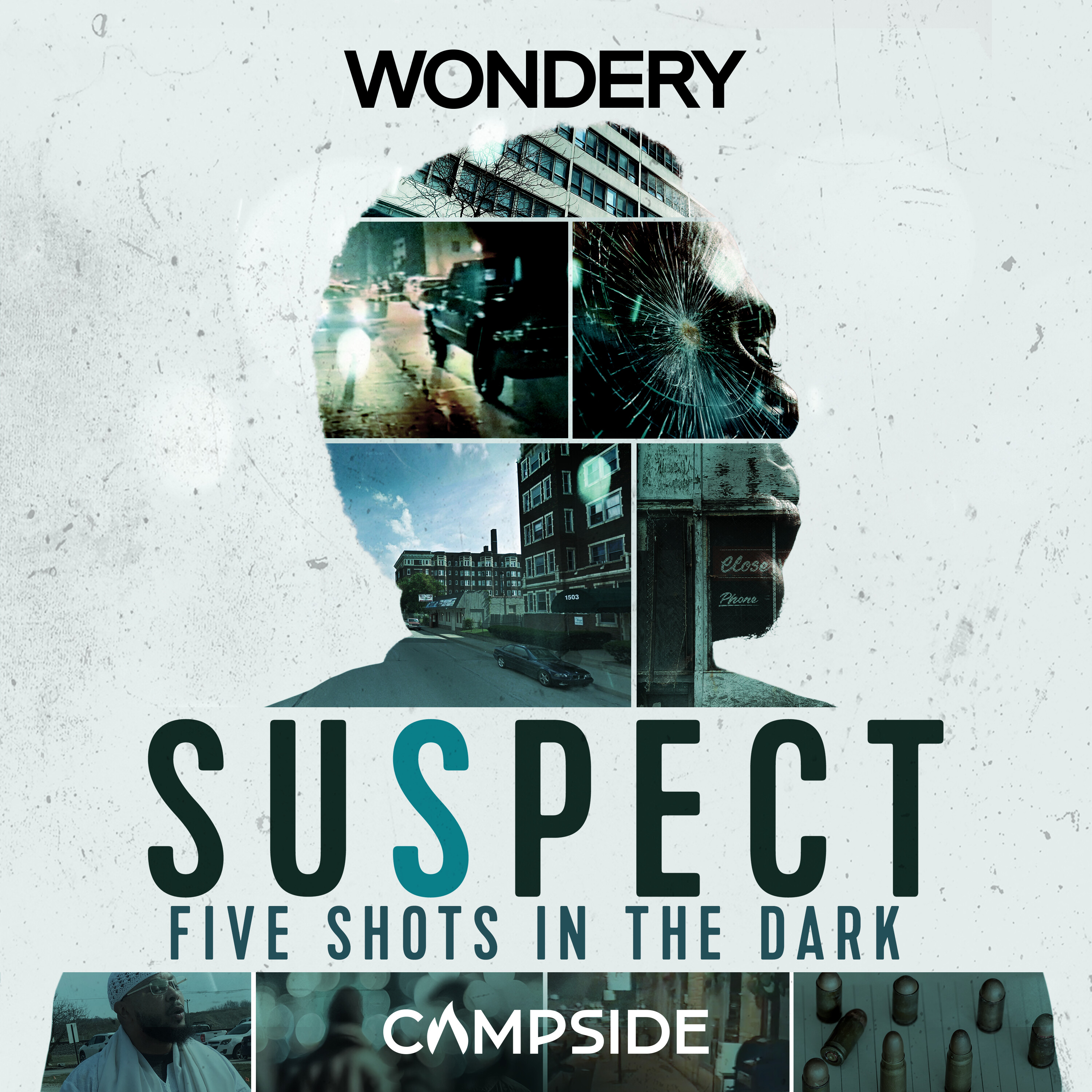
Suspect
Wondery | Campside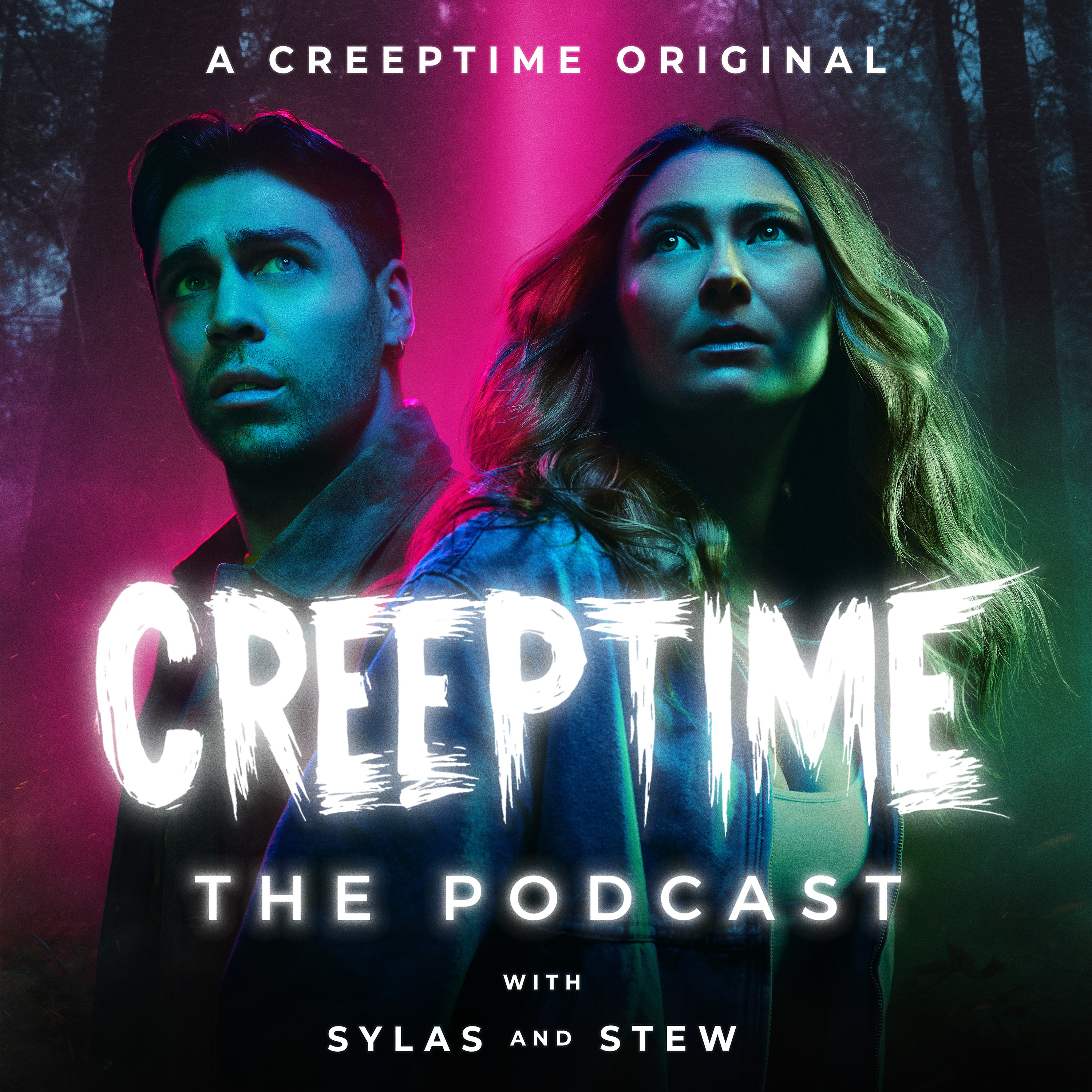
CreepTime The Podcast
Sylas Dean and Stew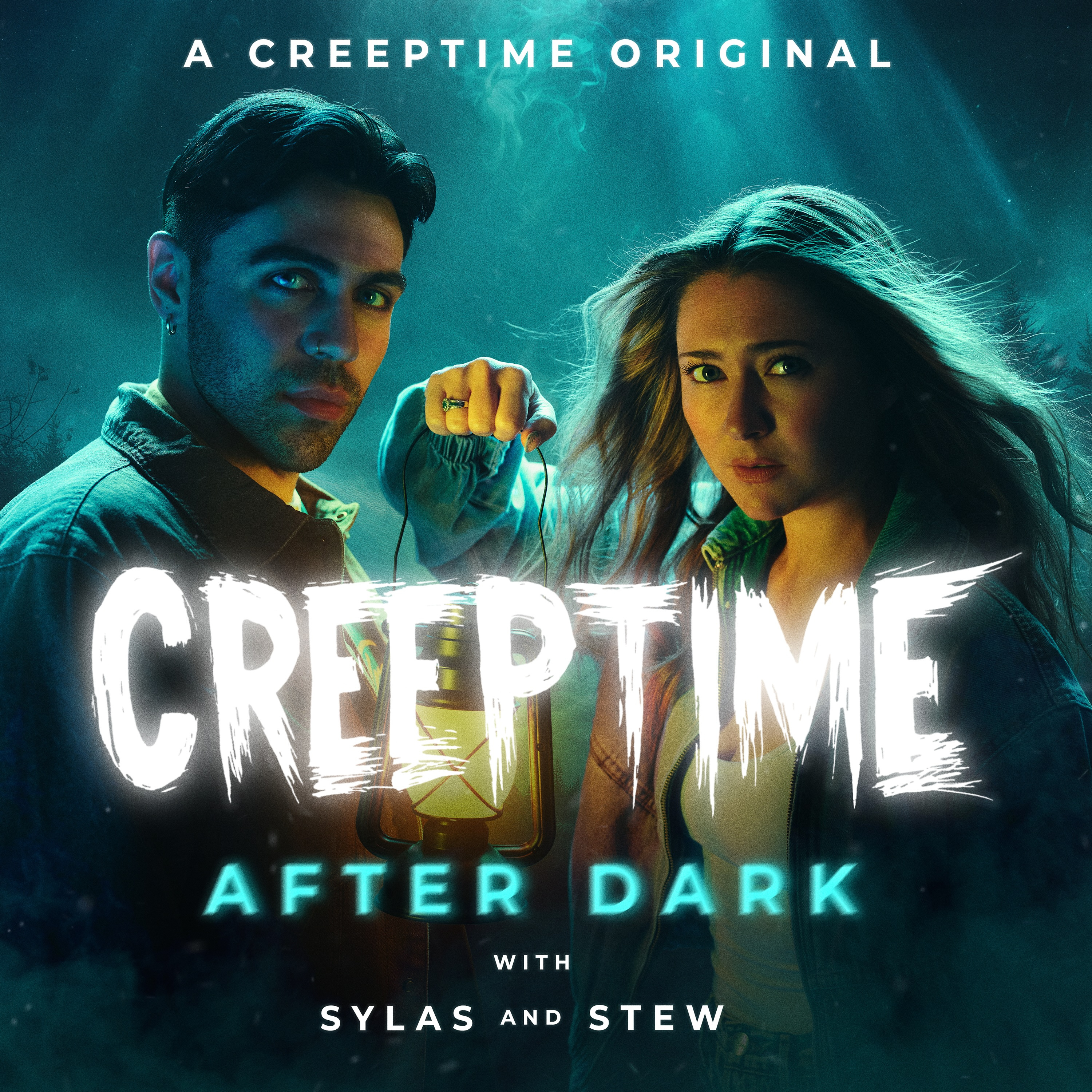
CreepTime: After Dark
Sylas Dean and Stew
Dark History
Audioboom Studios
Murder, Mystery & Makeup
Audioboom Studios
Anatomy of Murder
Audiochuck
Full Body Chills
Audiochuck
CounterClock
Audiochuck
Park Predators
Audiochuck
Dark Downeast
Audiochuck
The Deck Investigates
Audiochuck
Armored
Audiochuck
The Deck
Audiochuck
KILLED
Audiochuck
Small Town Murder
James Pietragallo, Jimmie Whisman
True Crime Obsessed
True Crime Obsessed
True Crime Obsessed
Patrick Hinds & Gillian Pensavalle
Strictly Anonymous Confessions
Kathy Kay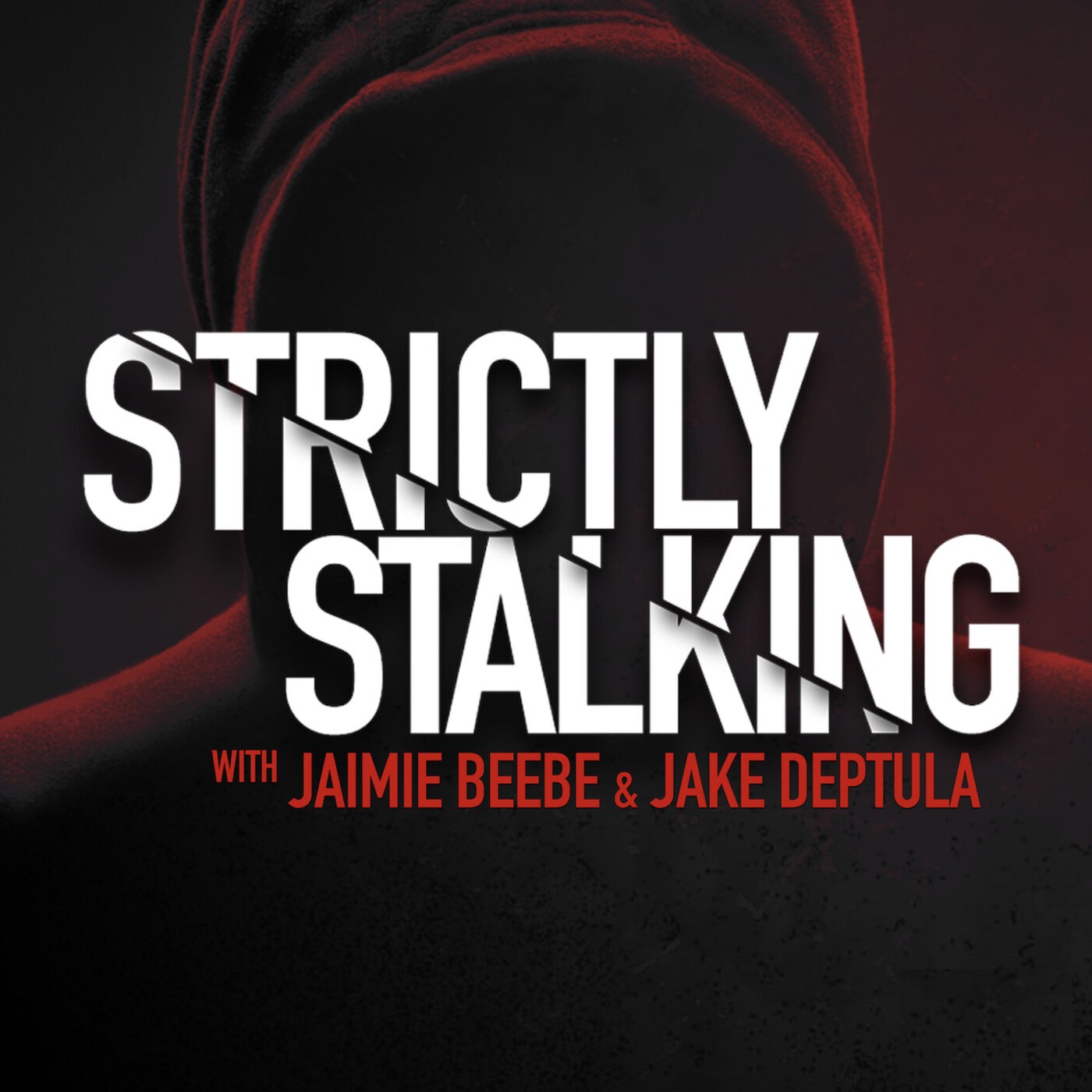
Strictly Stalking
Strictly Stalking
Dr. Death
Wondery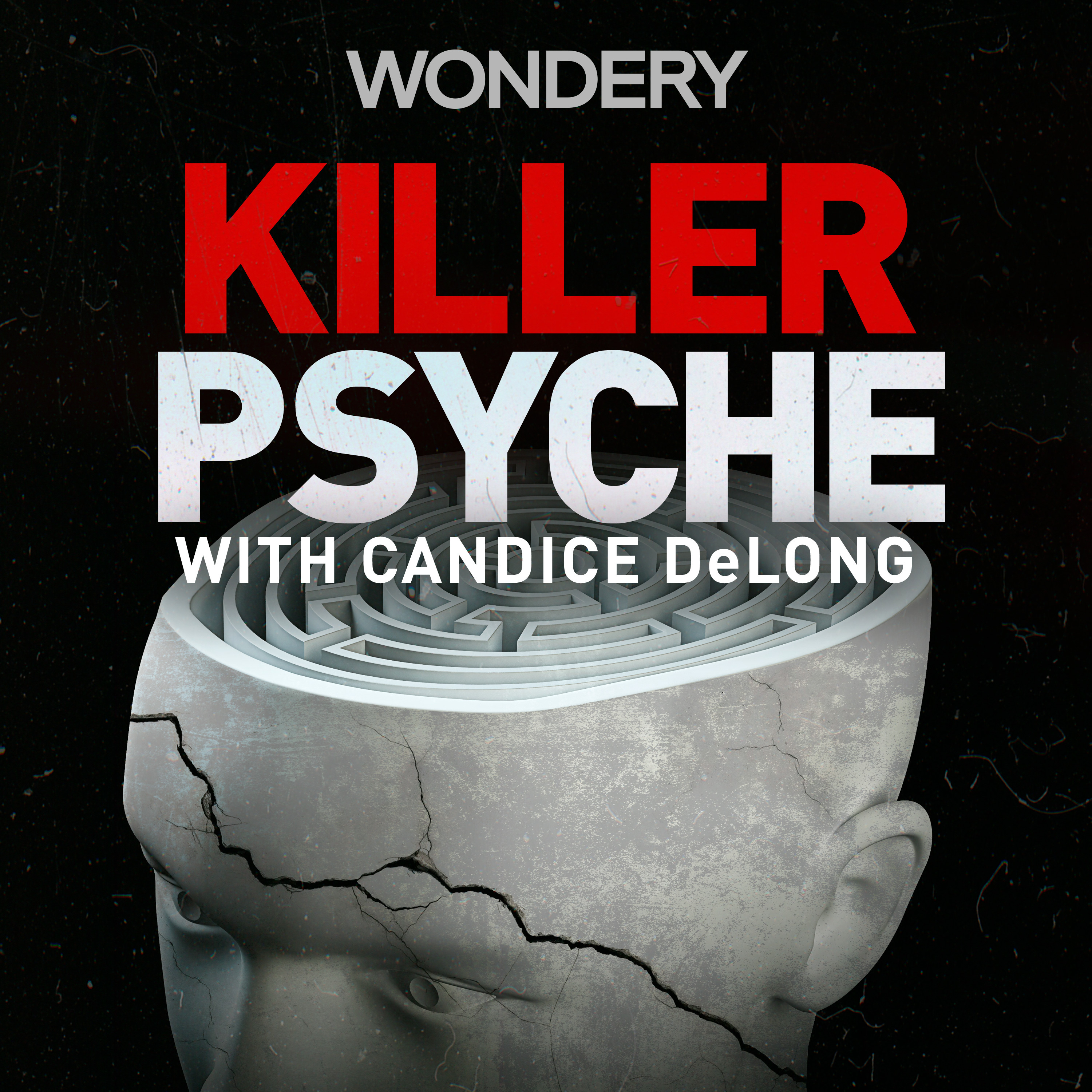
Killer Psyche
Wondery | Treefort Media
Cold
KSL Podcasts
True Crime Garage
TRUE CRIME GARAGE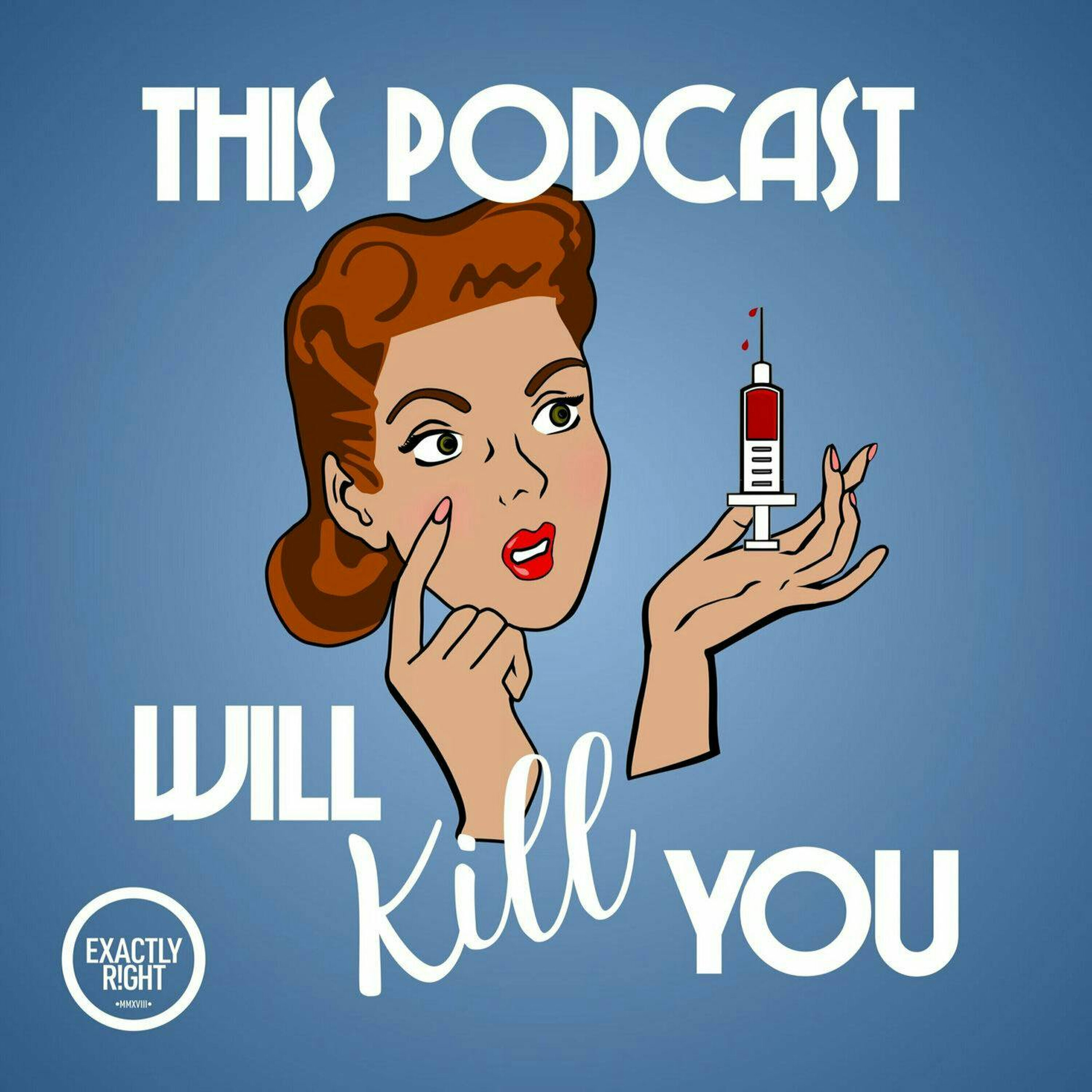
This Podcast Will Kill You
Exactly Right and iHeartPodcasts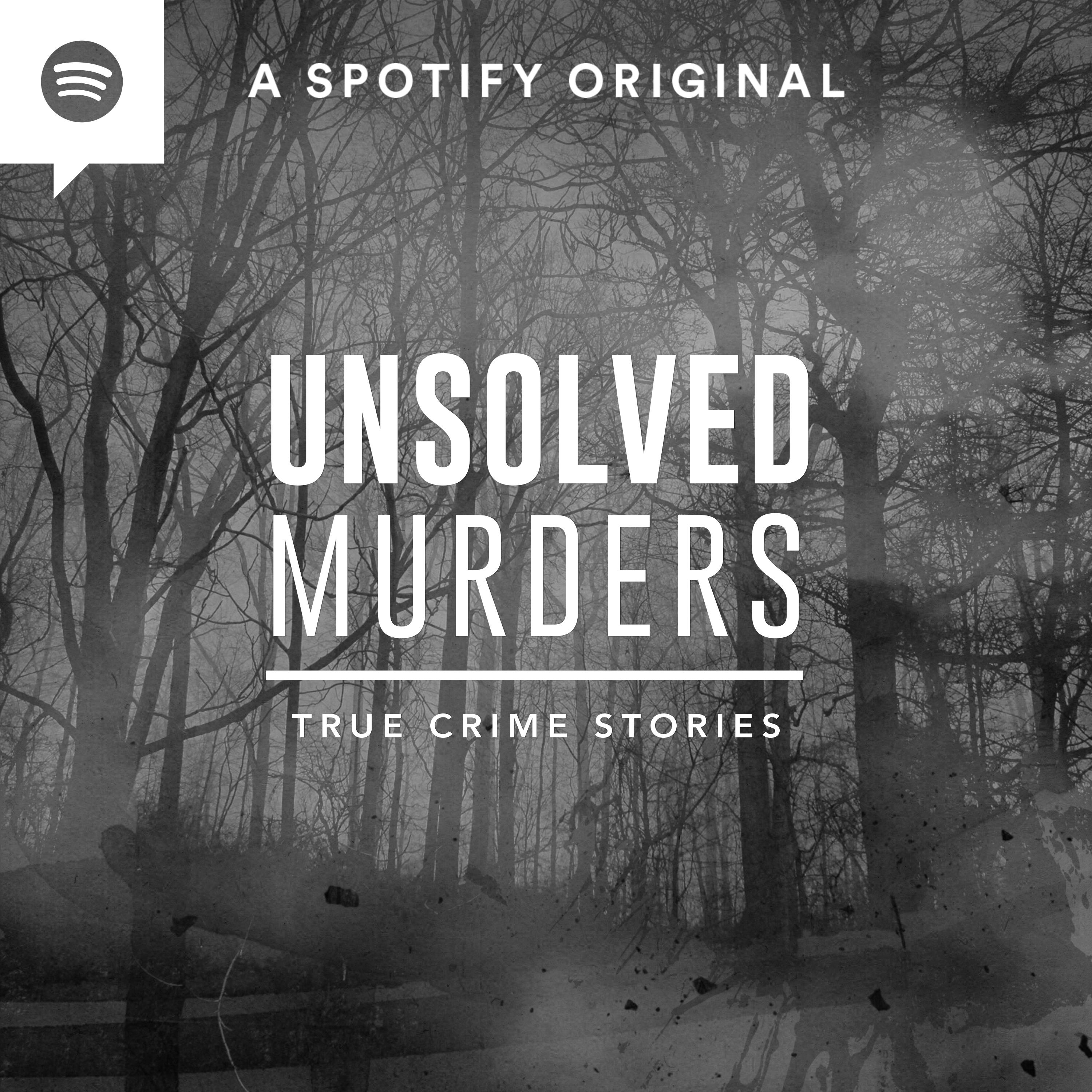
Unsolved Murders: True Crime Stories
Spotify Studios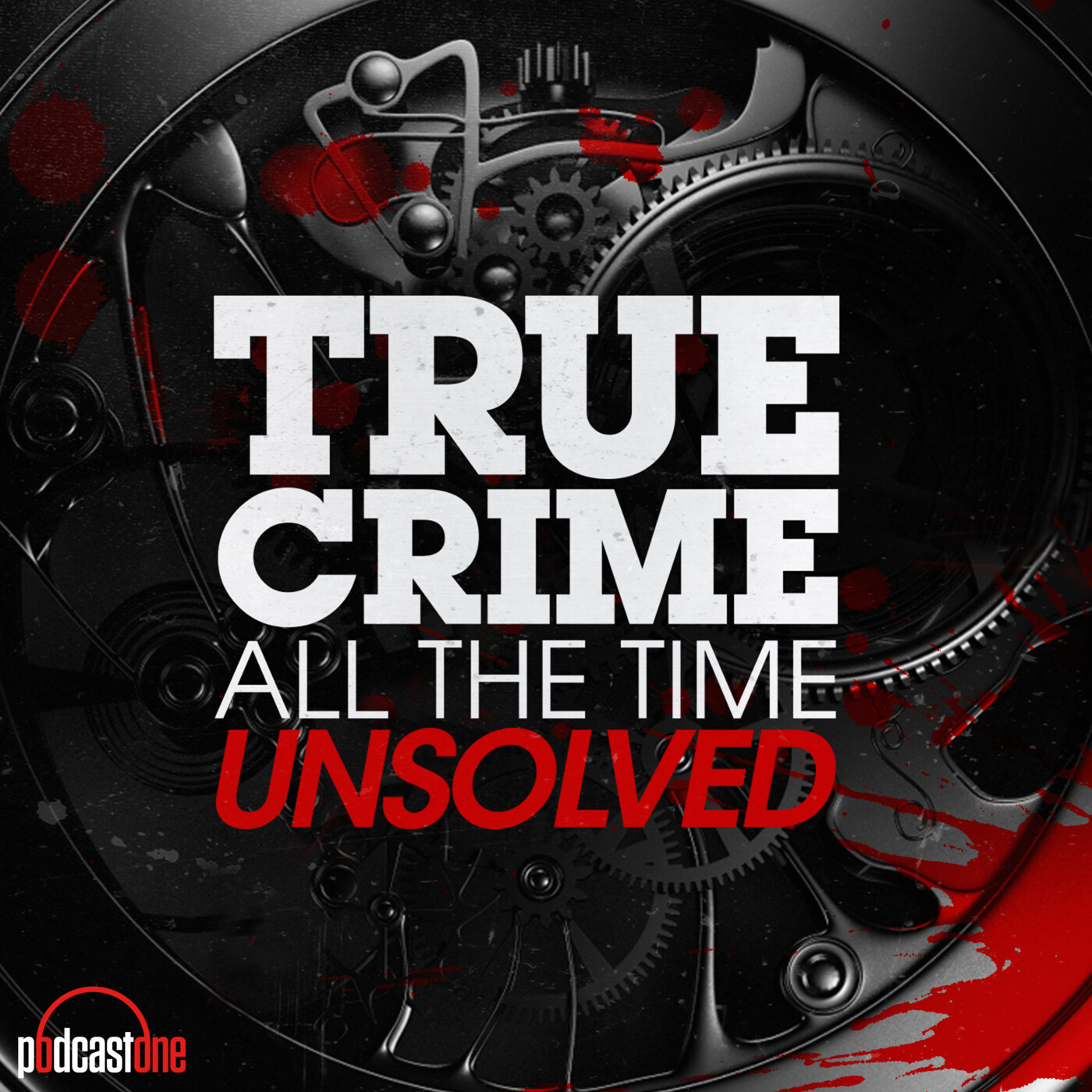
True Crime All The Time Unsolved
PodcastOne
True Crimes and Weird Times
Ashley & Kim
Swindled
A Concerned Citizen
Red Ball
Audiochuck
Solvable by audiochuck
audiochuck
O.C. Swingers
audiochuck
Strangeland
Audiochuck | Western Sound
Unsealed: The Tylenol Murders
AT WILL MEDIA, The Chicago Tribune
IDIOT with Laura Clery
Laura Clery & Studio71
Paranormal Mysteries
Nic Ryan | Paranormal Mysteries Podcast
The Weird History Eerie Tales Podcast
The Weird History Eerie Tales
Casefile True Crime
Casefile Presents
Murder, She Told
Kristen Seavey | QCODE
Crimelines® True Crime
Crimelines True Crime
Crawlspace - True Crime & Mysteries
Crawlspace Media
Once Upon A Murder
Once Upon A Murder: A True Crime Podcast
Lore
Aaron Mahnke
The Brohio Podcast
Aliens, Conspiracy Theories, Paranormal, Famous Murders, Cryptozoology, Strange Occurrences, Monsters, UFOs, True Crime, Demons, Occult, Urban Legends, Comedy
Death by Misadventure: True Crime Paranormal
Death by Misadventure
There’s Some Horrors In This House: A true crime/paranormal podcast
Maiden and Fluff
Weird Tales and the Unexplainable
Bob, Beef + Tiss
The Oddcast: Tales of the Occult, Weird, and Arcane
Jon Fredette
Spooky Psychology
Lauren Mollica and Megan Baker
Spooky Sips
Spooky Sips
Everything is Spooky in the Dark
Wandering Crystal
Hillbilly Horror Stories Paranormal Podcast
Jerry Paulley
The Paranormal Podcast
Jim Harold
Belief Hole | Paranormal, Mysteries and Other Tasty Thought Snacks
SpectreVision Radio
Truth Be Told Paranormal
Club Paranormal Channel
Ghost Host's Horror Podcast
The Ghost Hosts' Horror Podcas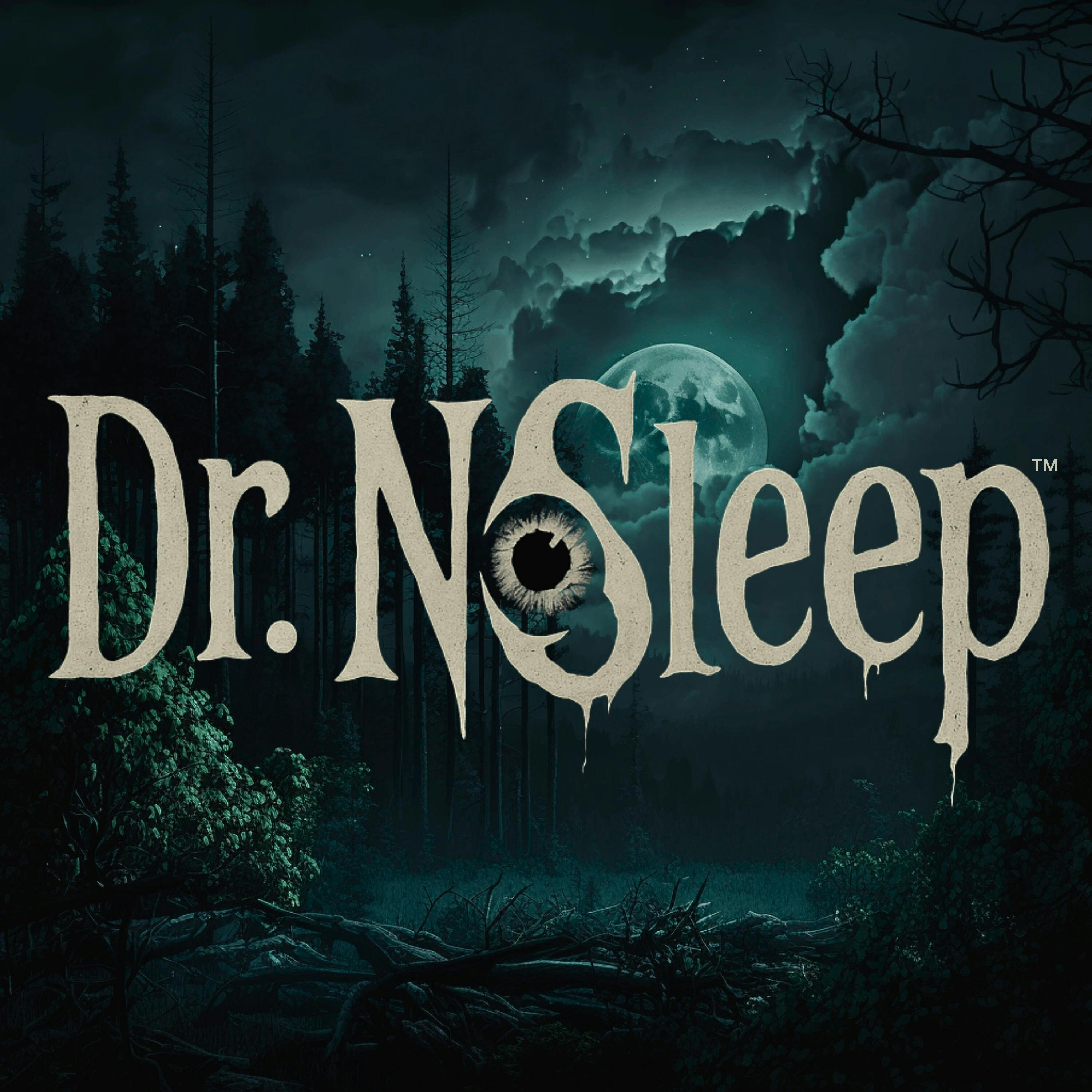
Scary Horror Stories by Dr. NoSleep
Dr. NoSleep Studios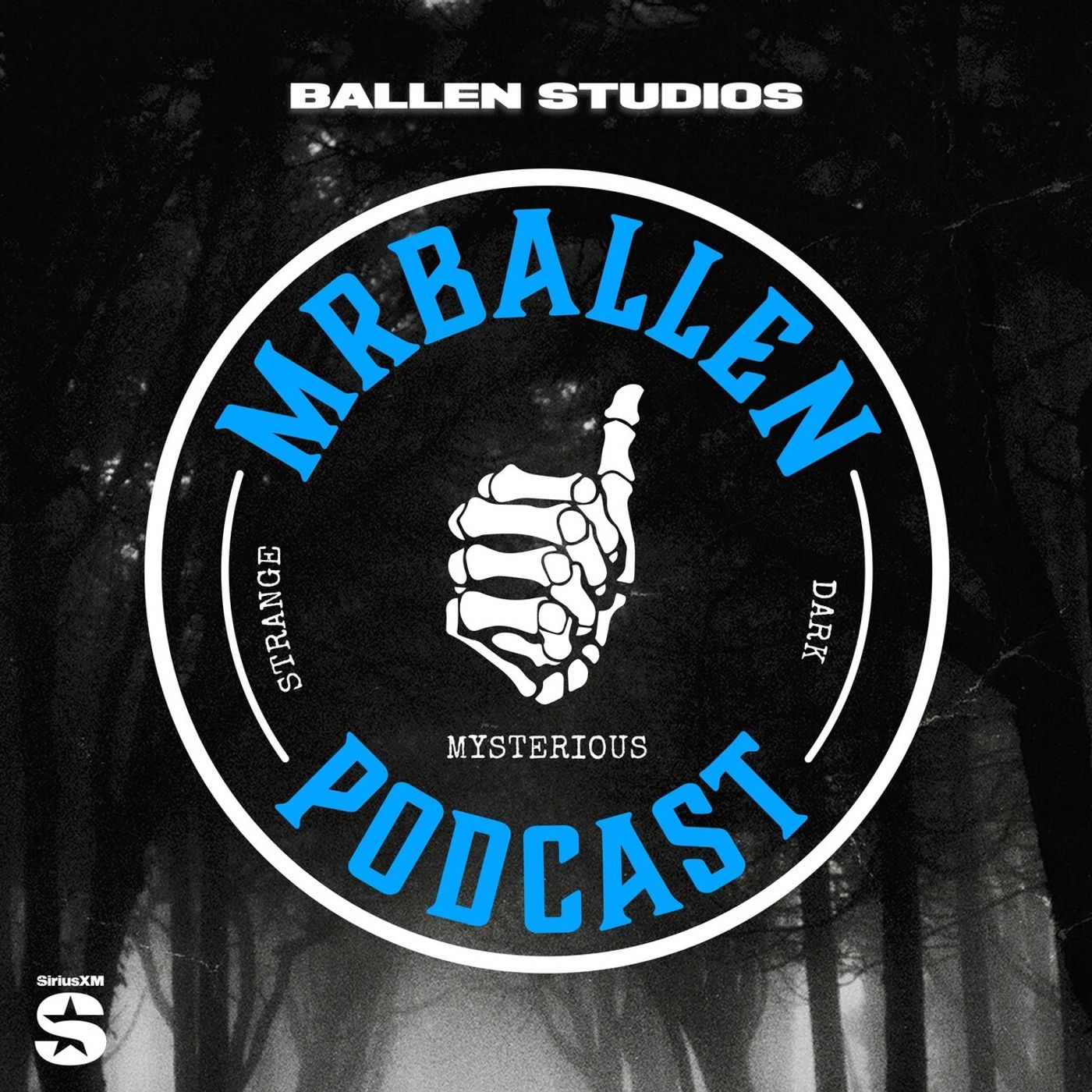
MrBallen Podcast: Strange, Dark & Mysterious Stories
Ballen Studios
Bedtime Stories
Ballen Studios
RUN, FOOL!
Ballen StudiosCreep: a true crime podcast
Creep: a true crime podcast
Scary Time - Scary, Creepy and Paranormal stories
Indie Drop-In Network
Hollywood & Crime
Wondery
LISK: Long Island Serial Killer
Mopac Audio & Glassbox Media
Lady Killers with Lucy Worsley
BBC Radio 4
Coffee, Wine, and True Crime
Sara Kline
Daily Coffee & Crime: A True Crime Podcast
Daily Coffee & Crime: A True Crime Podcast
Dark Crossroads
Roxanne Fletcher
Crime Stories with Nancy Grace
iHeartPodcasts and CrimeOnline

